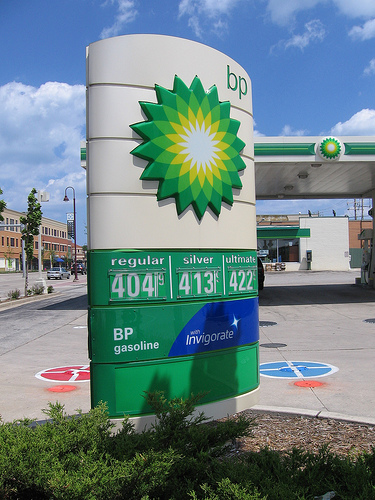Investigations into the April 20 explosion of the Deepwater Horizon oil rig have so far indicated that BP, the rig’s operator, ignored warnings in the hours before the blast and may have overruled drillers on the scene. Those decisions may have led to the explosion that claimed the lives of 11 workers and caused the continuing oil disaster in the Gulf of Mexico. Now we hear that the chemicals the company is using to disperse the oil may be making workers sick.
In case it wasn’t already clear enough, Daily Beast got a hold of a document confirming it was BP’s policy to cut corners and take risks with workers’ lives.
The document, drawn up by BP’s risk managers in October 2002, uses the analogy of the Three Little Pigs to compare costs of building materials for worker housing. The document indicates that the company put the cost of a single worker’s life at $10 million in deciding what kind of construction materials would be cost-effective. Basically, the company decided to use trailers to house workers rather than buildings that could withstand a blast in order to save money. Well before this current disaster, the company’s Texas City Refinery blew up in March 2005, killing 15 workers and injuring 170 others, many of them staying in these cheaper trailers.
The piece, by Rick Outzen of the Florida newsweekly Independent News, is a chilling account of how little the company has prioritized worker safety over the years. It seems to be the standard operating method at BP; as the Center for Public Integrity reports, the company was responsible for 97 percent of the worst violations cited by the Occupational Safety and Health Administration between June 2007 and February 2010. The company insists it’s changed its ways, and has repeated that in congressional hearings over the past weeks. But everything we’re learning in the Gulf indicates otherwise.
(If you appreciate our BP spill coverage, please consider making a tax-deductible donation in support.)













